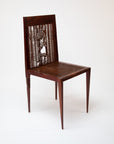
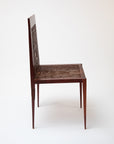
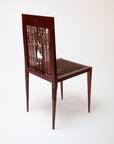

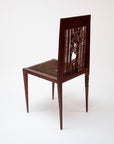
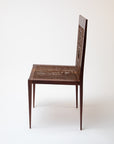
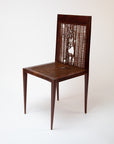
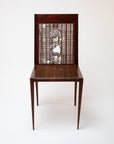
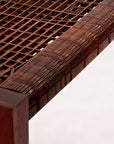
Wood Chair, Manhattan - Prototype (Padauk)
This is a one-of-a-kind early prototype. Prototypes are sold as-is and have imperfections from testing and display. They are not guaranteed to withstand regular use and are sold to be displayed as art.
This Wood Chair prototype features four maps showcasing how Manhattan, NYC has evolved over the past 230+ years. This prototype is made in Padauk.
Material: Solid Wood, Plywood
Dimensions: 18¼in L x 17in W x 37in H
Weight: 8.2lbs
Color: Padauk
Prototypes are one-of-a-kind pieces that were handcrafted during our earliest days of design development. They are truly unique, fine art objects that can be shipped to your desired location upon ordering. Your lead time will be determined upon finalizing logistics.
OCCUPYING OVER 230 YEARS OF MANHATTAN HISTORY
Top Layer
2023
New York City is a global leader in finance, culture, and innovation, with Manhattan at its core. The population nears nine million, reflecting the city’s continued draw for immigrants, professionals, and artists. The skyline is defined by towering skyscrapers, with developments like Hudson Yards showcasing the fusion of technology and urban planning.
Climate change and economic inequality pose significant challenges, prompting efforts to expand green spaces, improve transit, and implement sustainability initiatives. The tech industry flourishes, complementing Wall Street’s financial dominance, while cultural institutions like Broadway and the Met maintain their global influence. Rising housing costs and gentrification fuel ongoing debates about affordability and urban policy.
Despite these pressures, New York retains its iconic energy, diversity, and status as a city that constantly reinvents itself.
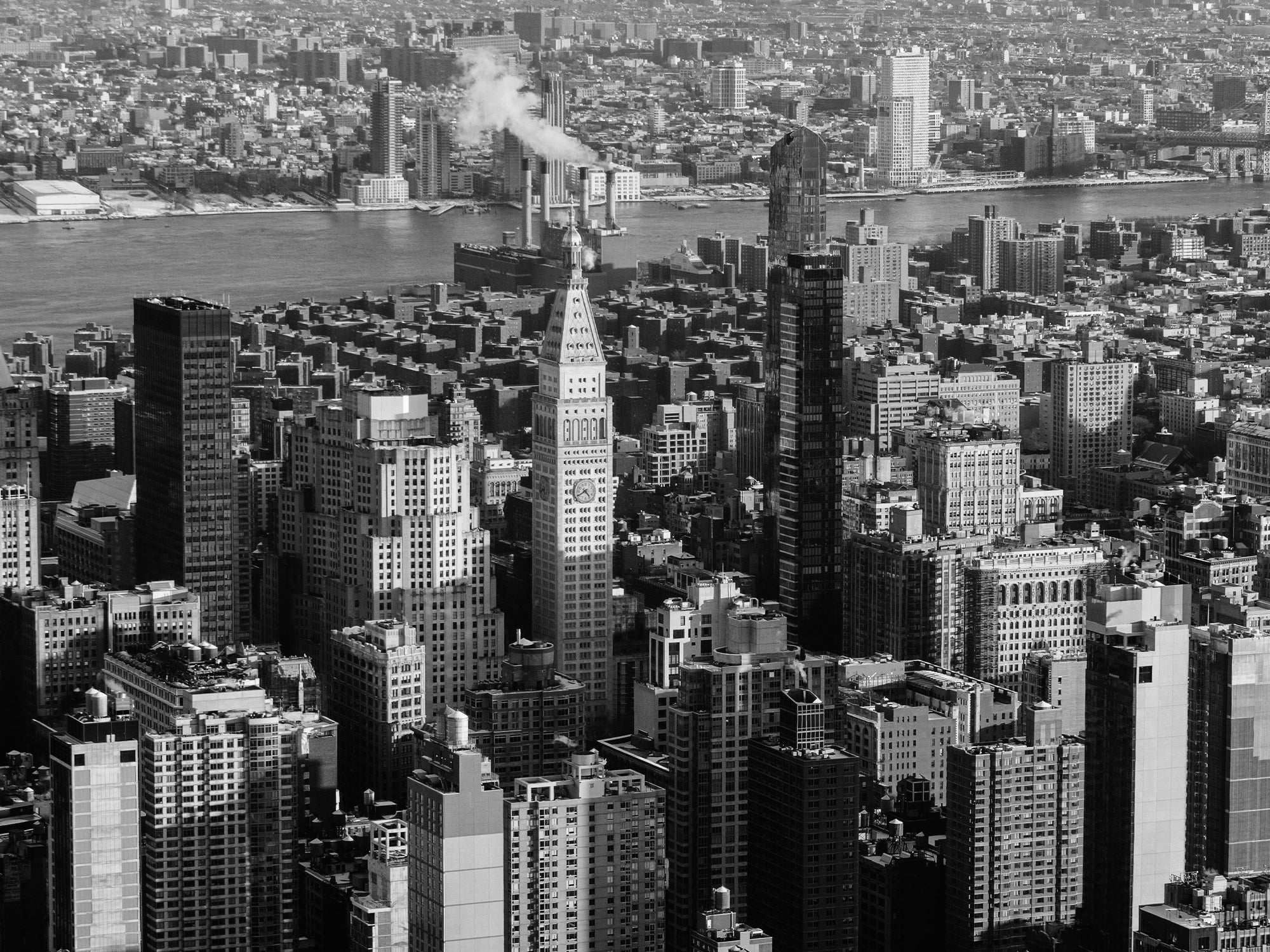
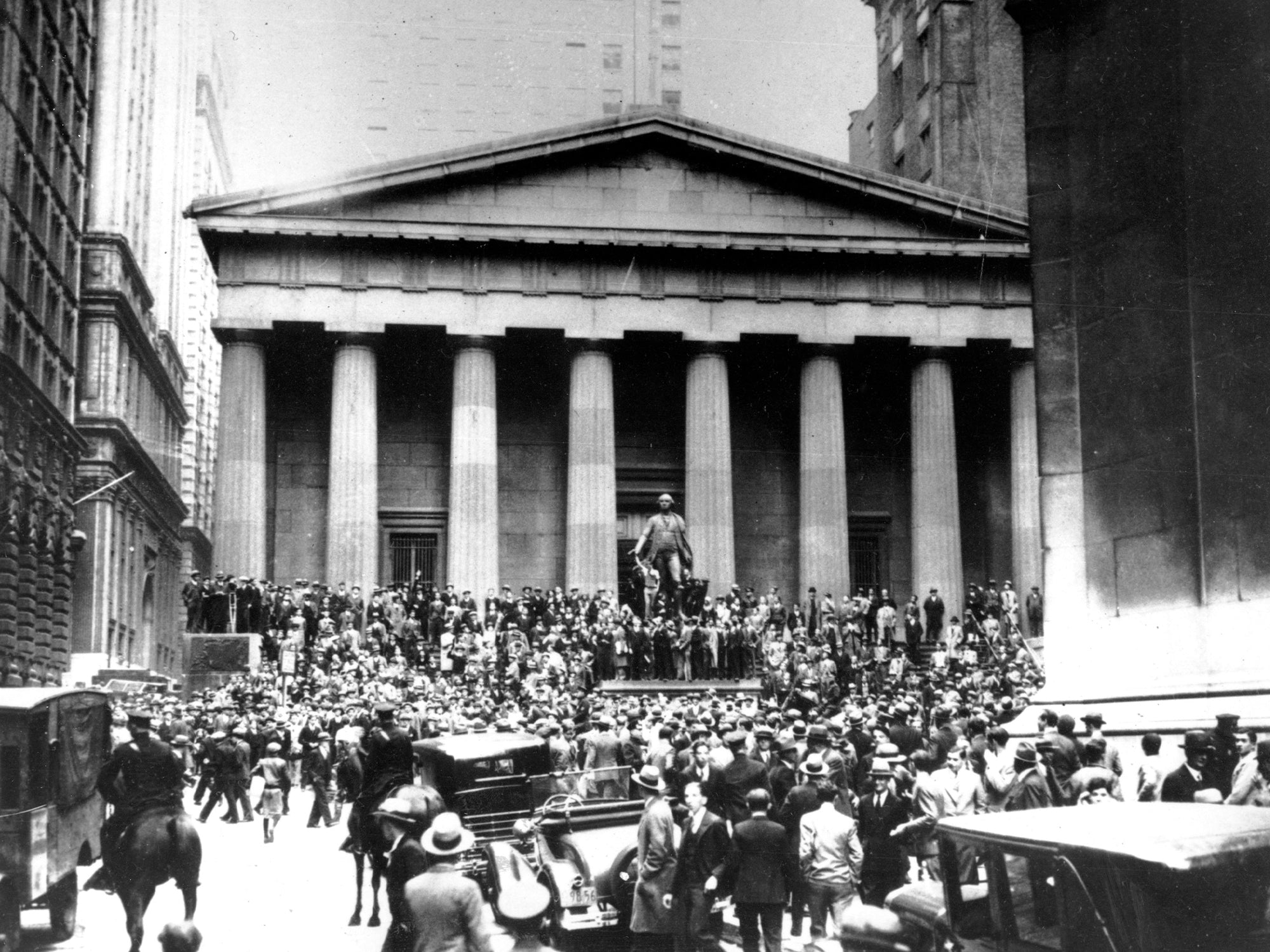
Second Layer
1929
The stock market crash on Black Thursday sends shockwaves through Manhattan, signaling the start of the Great Depression. The financial collapse devastates the booming economy of the Roaring Twenties, leading to widespread unemployment and business failures.
Wall Street, once a beacon of prosperity, becomes a symbol of economic despair as banks shutter and fortunes vanish overnight. Across Manhattan, homelessness rises, soup kitchens struggle to feed the hungry, and social tensions mount. The crisis exposes the vulnerabilities of unchecked capitalism, prompting calls for financial regulation and government intervention.
Despite the hardship, Manhattan’s resilience endures, with emerging social programs and reforms aimed at stabilizing the economy. The city's cultural scene, though impacted, continues to evolve, offering artistic expressions of the struggles and hopes of the era.
Third Layer
1858
Manhattan undergoes a major transformation with the opening of Central Park, designed by Frederick Law Olmsted and Calvert Vaux. This 843-acre park provides an escape from the city’s relentless urbanization, offering green space for relaxation and recreation. The park’s construction reflects a shift in urban planning, emphasizing the importance of public spaces in a rapidly growing metropolis.
At the same time, industrialization fuels population surges, with waves of immigrants settling in the city. Factories, tenements, and businesses multiply, creating both economic opportunities and social challenges.
Central Park symbolizes a new vision for city life, balancing industrial progress with the need for communal, natural retreats. The park’s success sets a precedent for integrating green spaces into future urban developments.
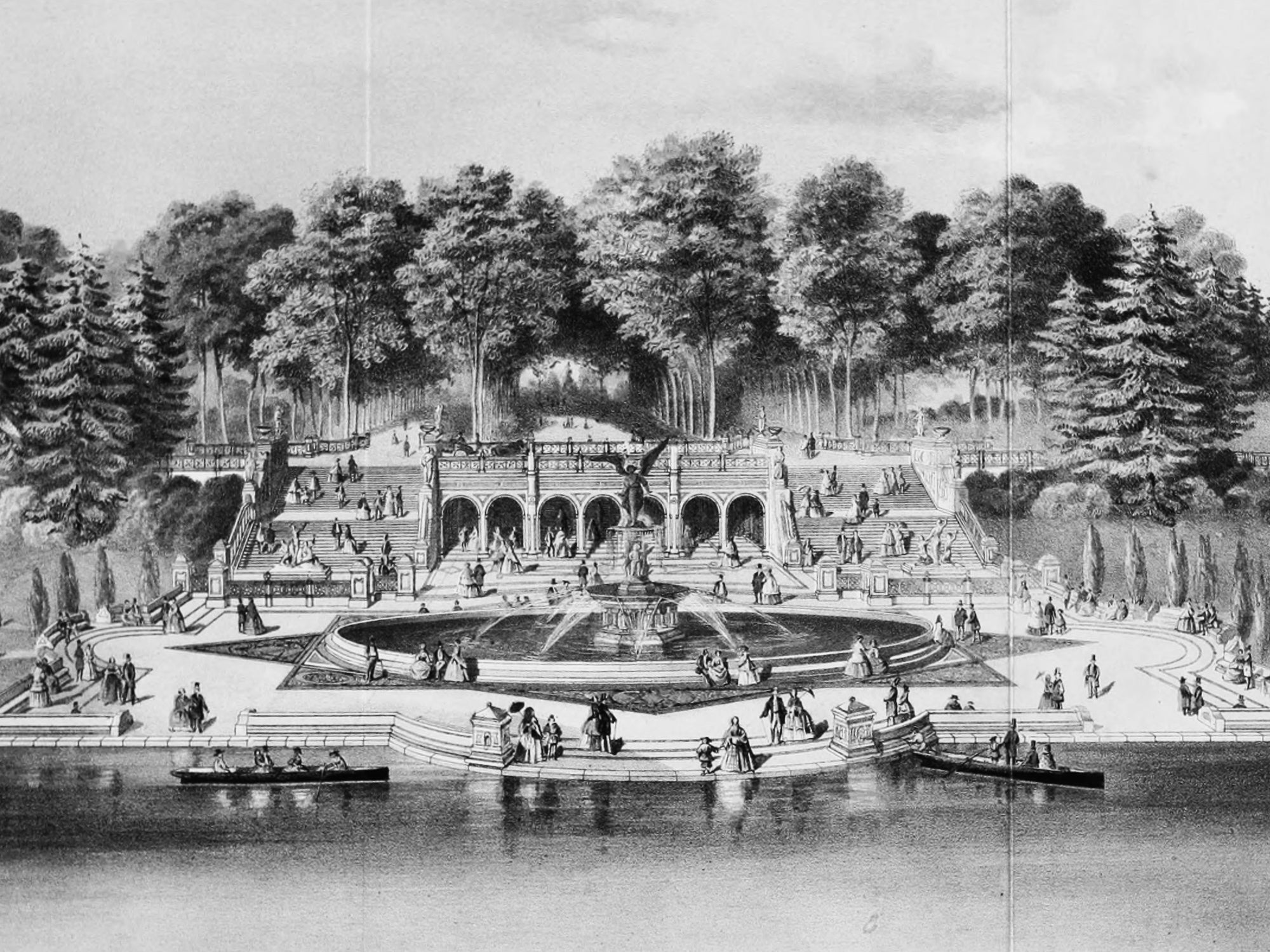
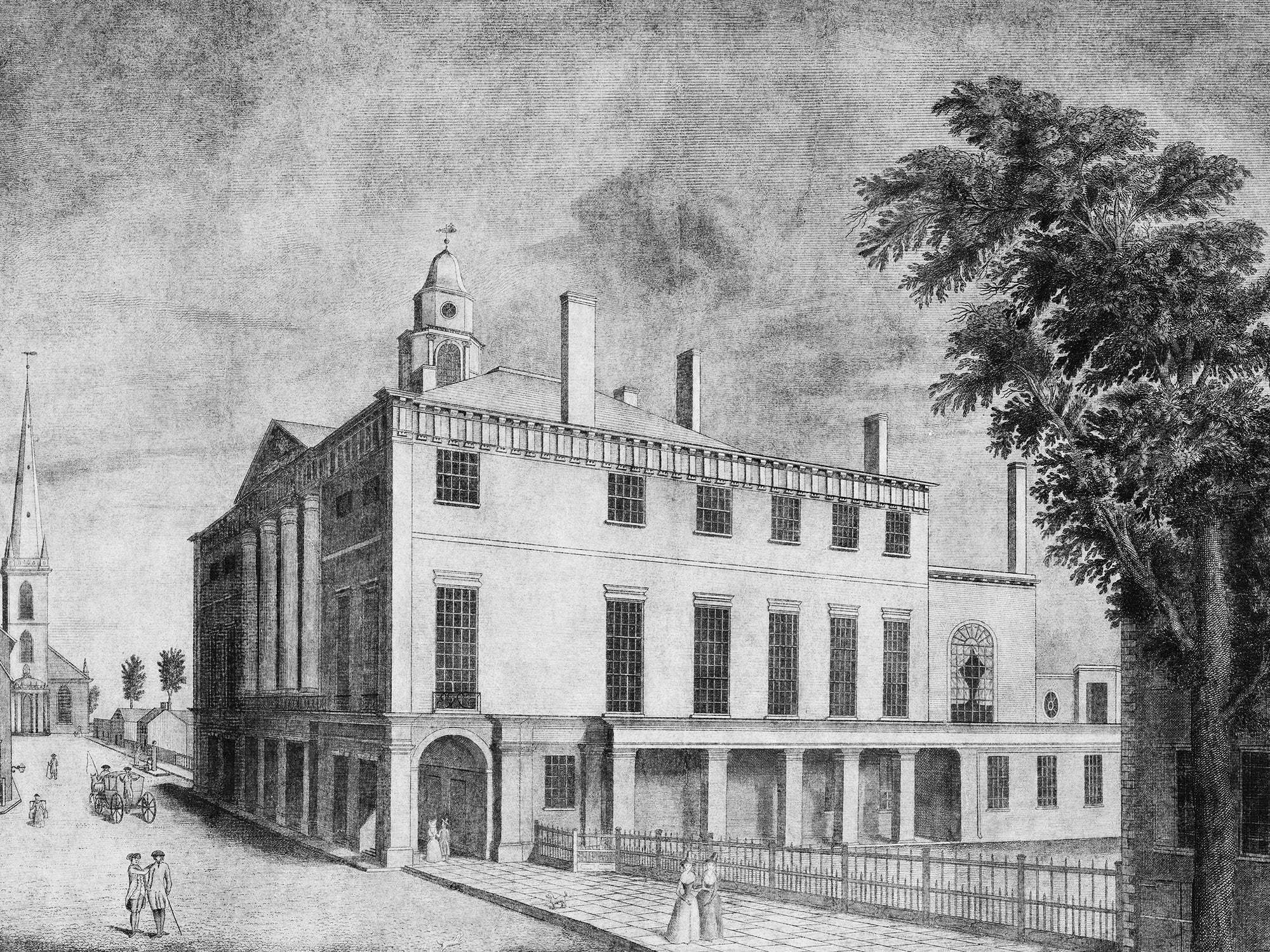
Bottom Layer
1792
Manhattan thrives as a center of commerce, marked by the founding of the New York Stock Exchange under the Buttonwood Agreement. Twenty-four stockbrokers create a formalized trading system, establishing the foundation for Wall Street’s future dominance.
The city, still recovering from the Revolutionary War, rapidly expands with new businesses, infrastructure, and a growing immigrant population. The bustling port remains a critical hub for international trade, strengthening economic ties with Europe. The streets teem with merchants, traders, and laborers, shaping Manhattan into a financial and commercial powerhouse.
As the city modernizes, financial institutions gain influence, reinforcing its role in shaping the young nation’s economic trajectory.









